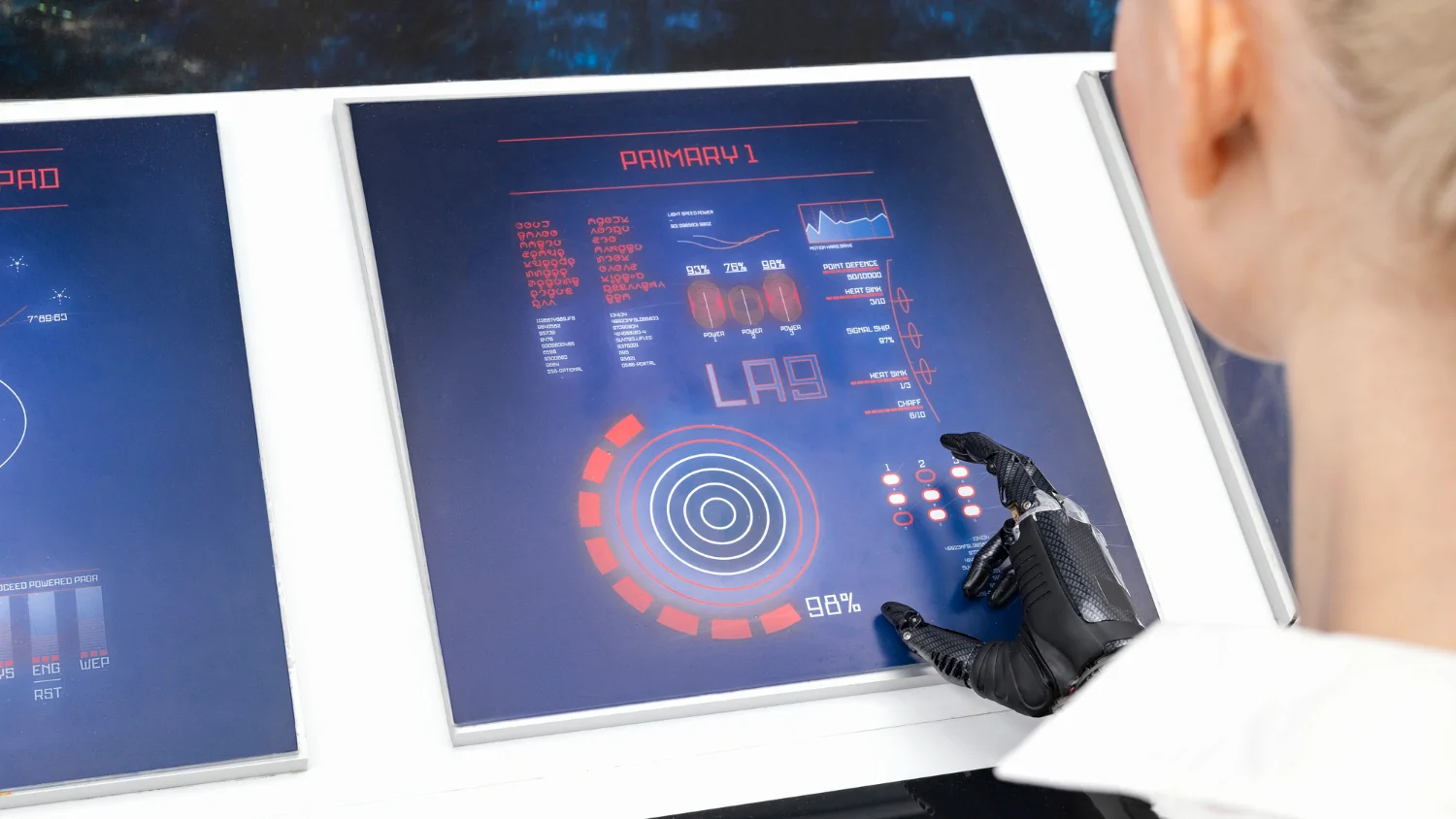A Story of Silent Data Journeys
On a stormy night in the middle of the Atlantic, a cargo ship was caught in powerful winds. The crew couldn’t see beyond the towering waves, but deep inside the vessel, sensors were quietly at work. These sensors tracked fuel efficiency, engine performance, and weather impact in real-time. Thousands of miles away, a team of analysts monitored the ship’s health without stepping on board. This invisible lifeline was not magic; it was telemetry tech, a technology transforming industries by silently capturing, transmitting, and interpreting data.
Understanding the Core of Telemetry
Telemetry is the science of remotely measuring and transmitting data. It enables devices, vehicles, satellites, and machines to communicate vital statistics without human presence. From space exploration to healthcare, telemetry systems bridge the distance between machines and decision-makers. What once required manual inspection is now automated, precise, and continuous.
Evolution of Telemetry Through History
Telemetry began as a military and scientific tool during the early 20th century. Engineers needed ways to measure flight performance and missile behavior remotely. Later, NASA used telemetry to monitor spacecraft beyond Earth’s atmosphere, a breakthrough that made space exploration possible. Today, industries from agriculture to logistics apply telemetry in ways the early pioneers could not have imagined.
How Telemetry Works in Modern Systems
At its core, telemetry involves three main components: sensors, transmission paths, and data receivers. Sensors collect raw information, whether it’s temperature, pressure, or location. Transmission systems, often wireless or satellite-based, deliver that data to receivers. Finally, software platforms analyze and present the data in user-friendly dashboards. The result is real-time monitoring and actionable insights.
Applications Transforming Everyday Life
- Healthcare: Wearable devices transmit patient vitals to doctors.
- Automotive: Cars send performance data to manufacturers for predictive maintenance.
- Energy: Utility companies monitor electricity flow to prevent outages.
- Agriculture: Farmers track soil moisture and crop health for sustainable farming.
- Aerospace: Airlines rely on telemetry to ensure flight safety and fuel efficiency.
Benefits That Drive Business Growth
The adoption of telemetry delivers multiple advantages:
- Efficiency: Reduces manual intervention and errors.
- Safety: Detects issues before they escalate into failures.
- Cost savings: Minimizes downtime through predictive maintenance.
- Scalability: Expands monitoring from one machine to thousands effortlessly.
- Sustainability: Promotes smarter resource use and reduced environmental impact.
Challenges and Limitations to Address
Despite its promise, telemetry faces obstacles. High implementation costs, cybersecurity threats, and data overload are common concerns. Not every organization has the infrastructure to handle large data streams effectively. Moreover, privacy issues emerge when telemetry is applied in personal health or consumer devices.
Future Outlook of Telemetry Innovation
Emerging technologies such as AI, machine learning, and IoT are expanding the potential of telemetry. Predictive analytics will not just monitor conditions but also forecast future trends. Autonomous vehicles, smart cities, and next-generation space missions will all rely heavily on advanced telemetry systems. In the coming decade, industries will likely integrate telemetry more deeply into their digital ecosystems.
Wrapping Up the Impact of Telemetry
From guiding ships through storms to saving patient lives in hospitals, telemetry tech has become the silent force behind modern progress. It captures the unseen, translates it into insights, and delivers it where decisions are made. As industries evolve toward smarter, more connected futures, the influence of telemetry tech will continue to expand. Organizations that invest wisely in telemetry tech today will be the ones shaping tomorrow’s breakthroughs.



